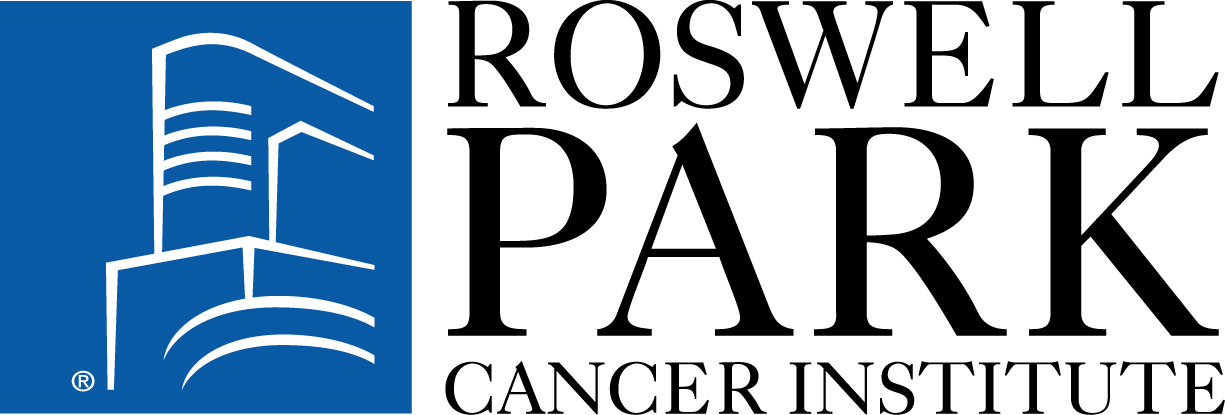Photodynamic Therapy With HPPH in Treating Patients With Squamous Cell Carcinoma of the Oral Cavity
| Status: | Not yet recruiting |
|---|---|
| Conditions: | Cancer, Cancer, Cancer, Cancer, Cancer, Cancer, Cancer, Cancer, Cancer, Cancer, Cancer, Cancer |
| Therapuetic Areas: | Oncology |
| Healthy: | No |
| Age Range: | 18 - Any |
| Updated: | 4/21/2016 |
| Start Date: | March 2016 |
A Randomized Multicenter Phase II Study Using HPPH With PDT Versus Standard of Care Surgery for Patients With T1/T2 Squamous Cell Carcinoma of the Oral Cavity
This randomized phase II trial studies how well photodynamic therapy with HPPH works in
treating patients with squamous cell carcinoma of the oral cavity. Photodynamic therapy uses
HPPH that becomes active when it is exposed to a certain kind of light. When the drug is
active, cancer cells are killed. This may be effective against squamous cell carcinoma of
the oral cavity.
treating patients with squamous cell carcinoma of the oral cavity. Photodynamic therapy uses
HPPH that becomes active when it is exposed to a certain kind of light. When the drug is
active, cancer cells are killed. This may be effective against squamous cell carcinoma of
the oral cavity.
PRIMARY OBJECTIVES:
I. To test the non-inferiority of photodynamic therapy (PDT) to standard of care surgery.
SECONDARY OBJECTIVES:
I. To determine improvement in quality of life (QoL) using the University of Washington
Quality of life questionnaire version 4.
II. To assess the toxicity using the Cancer Therapy Evaluation Program (CTEP) National
Cancer Institute (NCI) Common Terminology Criteria for Adverse Events (CTCAE version 4.0).
III. To explore progression-free survival in this patient population treated with HPPH
mediated PDT.
TERTIARY OBJECTIVES:
I. Immune markers (T cells). II. To investigate the correlation of the tri-modal optical
spectroscopy with tumor response to PDT.
OUTLINE: Patients are randomized to 1 of 2 treatments arms.
ARM I: Patients undergo standard of care surgery on day 1.
ARM II: Patients receive HPPH intravenously (IV) over 1 hour on day 0. Approximately 24
hours later, patients undergo photodynamic therapy on day 1.
After completion of study treatment, patients are followed up 3-4 months for 1 year, 3-6
months for 1 year, 4-8 months for 1 year, and once a year for 2 years.
I. To test the non-inferiority of photodynamic therapy (PDT) to standard of care surgery.
SECONDARY OBJECTIVES:
I. To determine improvement in quality of life (QoL) using the University of Washington
Quality of life questionnaire version 4.
II. To assess the toxicity using the Cancer Therapy Evaluation Program (CTEP) National
Cancer Institute (NCI) Common Terminology Criteria for Adverse Events (CTCAE version 4.0).
III. To explore progression-free survival in this patient population treated with HPPH
mediated PDT.
TERTIARY OBJECTIVES:
I. Immune markers (T cells). II. To investigate the correlation of the tri-modal optical
spectroscopy with tumor response to PDT.
OUTLINE: Patients are randomized to 1 of 2 treatments arms.
ARM I: Patients undergo standard of care surgery on day 1.
ARM II: Patients receive HPPH intravenously (IV) over 1 hour on day 0. Approximately 24
hours later, patients undergo photodynamic therapy on day 1.
After completion of study treatment, patients are followed up 3-4 months for 1 year, 3-6
months for 1 year, 4-8 months for 1 year, and once a year for 2 years.
Inclusion Criteria:
- Have an Eastern Cooperative Oncology Group (ECOG) performance status of =< 2
- Patients with Tl/T2 squamous cell carcinoma of the oral cavity with or without
extension to the oropharynx
- Histologically confirmed squamous cell carcinoma of the target tumor(s)
- Tumor thickness is 4 mm or less (in the judgment of the physician)
- Computed tomography (CT) of the neck to confirm staging
- Tumor accessible for unrestricted illumination for photodynamic therapy (PDT)
(accessibility as determined by the physician)
- Life expectancy of at least 12 months in the judgment of the physician
- Patients of child-bearing potential must agree to use adequate contraceptive methods
(e.g., hormonal or barrier method of birth control; abstinence) prior to study entry
and for the duration of study participation; should a woman become pregnant or
suspect she is pregnant while she or her partner is participating in this study, she
should inform her treating physician immediately
- Patient or legal representative must understand the investigational nature of this
study and sign an Institutional Review Board approved written informed consent form
prior to receiving any study related procedure
Exclusion Criteria:
- Patients who have had chemotherapy or radiotherapy or targeted agents within 4 weeks
(6 weeks for nitrosoureas or mitomycin C) prior to entering the study or those who
have not recovered from adverse events due to agents administered more than 4 weeks
earlier
- Patients with known brain metastases should be excluded from this clinical trial
- Patients with porphyria, or with known hypersensitivity to porphyrins or
porphyrin-like compounds
- White blood cells (WBC) < 4,000
- Total serum bilirubin > 2 mg/dL
- Serum creatinine > 2 mg/dL
- Alkaline phosphatase (hepatic) > 3 times the upper normal limit
- Serum glutamic oxaloacetic transaminase (SGOT) > 3 times the upper normal limit
- Uncontrolled intercurrent illness including, but not limited to, ongoing or active
infection, symptomatic congestive heart failure, unstable angina pectoris, cardiac
arrhythmia, or psychiatric illness/social situations that would limit compliance with
study requirements
- Nodal disease as detected by clinical exam or CT
- Pregnant or nursing female patients
- Unwilling or unable to follow protocol requirements
- Any condition which in the Investigator's opinion deems the patient an unsuitable
candidate to receive study drug
- Received an investigational agent within 30 days prior to enrollment
We found this trial at
1
site
666 Elm Street
Buffalo, New York 14263
Buffalo, New York 14263
(716) 845-2300

Principal Investigator: Hassan Arshad
Phone: 877-275-7724
Roswell Park Cancer Institute Welcome to Roswell Park Cancer Institute (RPCI), America's first cancer center...
Click here to add this to my saved trials